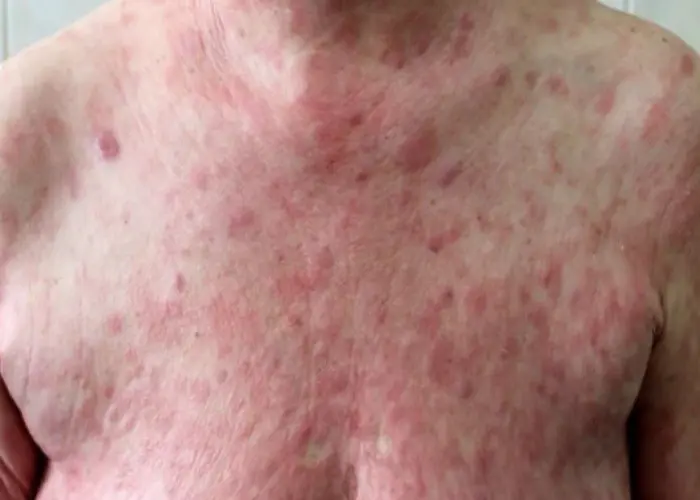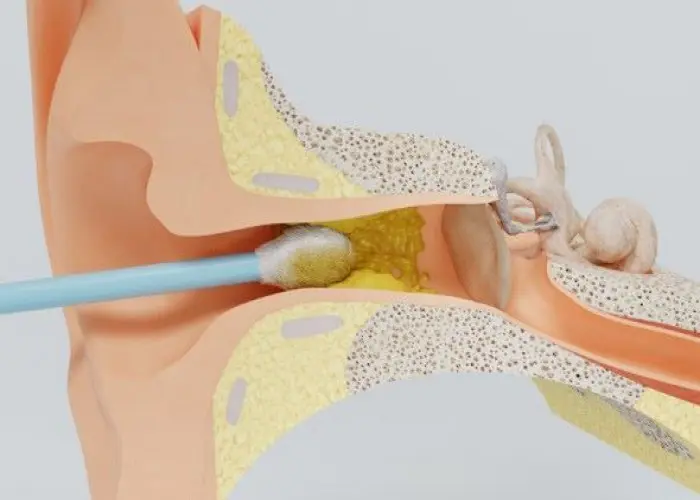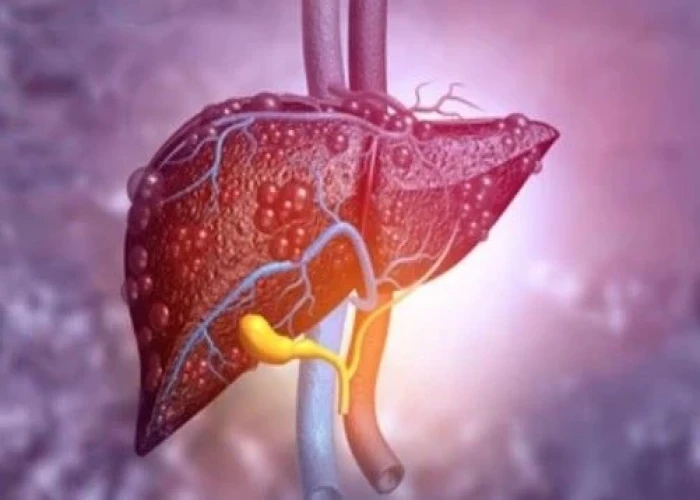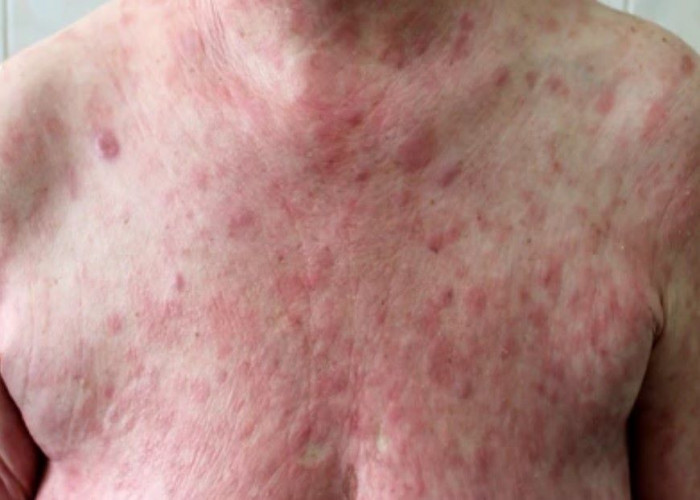 Welcome
Welcome
“May all be happy, may all be healed, may all be at peace and may no one ever suffer."
Cutaneous T-cell lymphoma

Cutaneous T-cell lymphoma (CTCL) is a type of non-Hodgkin's lymphoma, which affects the T-cells in the skin. This rare type of lymphoma accounts for less than 2% of all non-Hodgkin's lymphomas.
Symptoms of CTCL can vary depending on the stage and type of lymphoma. In the early stages, individuals may experience skin lesions, rash, and itching. As the disease progresses, it can spread to other organs and cause more severe symptoms, including enlarged lymph nodes, fatigue, weight loss, and fever.
Diagnosis of CTCL typically involves a skin biopsy, in which a sample of skin is examined for the presence of abnormal T-cells. Other tests may be performed to determine the stage of the lymphoma, such as imaging studies to look for tumors.
Treatment of CTCL depends on the stage and type of lymphoma and may involve topical or systemic medications, such as chemotherapy, radiation therapy, or immunotherapy. In some cases, stem cell transplantation may be recommended.
While there is currently no cure for CTCL, treatment can often control symptoms and slow the progression of the disease. It is important for individuals with CTCL to work closely with their healthcare provider to manage their condition and prevent complications.
Research Papers
Disease Signs and Symptoms
- Itching
- Enlarged lymph nodes
- Hair loss
- Round patches of skin that may be raised or scaly and might be itchy
- A rash-like skin redness over the entire body that is intensely itchy
Disease Causes
Cutaneous T-cell lymphoma
The exact cause of cutaneous T-cell lymphoma isn't known.
In general, cancer begins when cells develop changes (mutations) in their DNA. A cell's DNA contains instructions that tell a cell what to do. The DNA mutations tell the cells to grow and multiply rapidly, creating many abnormal cells.
In cutaneous T-cell lymphoma, the mutations cause too many abnormal T cells that attack the skin. T cells are part of your immune system, and they normally help your body fight germs. Doctors don't know why the cells attack the skin.
Disease Prevents
Disease Treatments
Many treatments are available for people with cutaneous T-cell lymphoma. Which treatments are best for you depends on your particular situation, including the extent or stage of your lymphoma. Most people receive a combination of treatments for cutaneous T-cell lymphoma.
Treatment options may include:
- Skin creams and ointments. Medicines can be applied to your skin in the form of creams, gels and ointments. Corticosteroids can help control skin redness and itchiness. Chemotherapy can be applied to the skin to attack cancer cells.
- Light therapy (phototherapy). Phototherapy involves exposing the skin to wavelengths of light, such as ultraviolet B or ultraviolet A. Various machines are used in phototherapy, including booths that expose most of your body to the light. Sometimes phototherapy is done after the application of a medication that makes skin cells more sensitive to light (photodynamic therapy). Healthy cells regenerate quickly, but cancer cells do not.
- Radiation therapy. Radiation therapy uses beams of energy to kill cancer cells. If you have one area of cutaneous T-cell lymphoma, standard radiation therapy with X-rays might be recommended. For people with more areas of cancer, radiation therapy might be done with electron beams, which target the skin and don't affect internal organs. Electron beam radiation is usually applied to all of the skin.
- Medications. Medications used to treat cutaneous T-cell lymphoma include treatments to control the immune system, such as steroid drugs and interferon. Chemotherapy medicines attack quickly growing cells, including cancer cells. Targeted therapy medicines attack cancer cells by targeting the cells' specific vulnerabilities.
- Exposing blood cells to light. A procedure called extracorporeal photopheresis involves taking a medicine that makes your cells more sensitive to light. Then your blood is filtered through a machine that exposes it to ultraviolet light before returning the blood to your body.
- Bone marrow transplant. A bone marrow transplant, also known as a stem cell transplant, is a procedure to replace your diseased bone marrow with healthy bone marrow from a matched donor (allogeneic bone marrow transplant). During a transplant you'll receive chemotherapy drugs to suppress your diseased bone marrow. Then healthy donor cells are infused into your body where they travel to your bones and begin rebuilding your bone marrow.
Disease Diagnoses
Disease Allopathic Generics
Disease Ayurvedic Generics
Disease Homeopathic Generics
Disease yoga
Cutaneous T-cell lymphoma and Learn More about Diseases

Sex headaches

Earwax blockage

Varicocele

Sickle cell anemia

Polymyositis

Angina

Primary sclerosing cholangitis

Irritable bowel syndrome
Cutaneous t cell lymphoma, Mycosis fungoides, CTCL, কাটেনিয়াস টি-সেল লিম্ফোমা
To be happy, beautiful, healthy, wealthy, hale and long-lived stay with DM3S.
